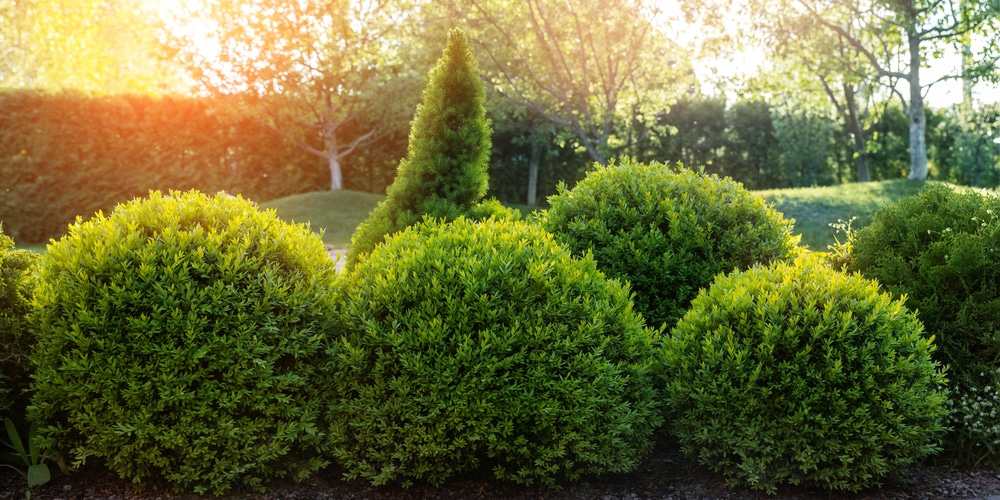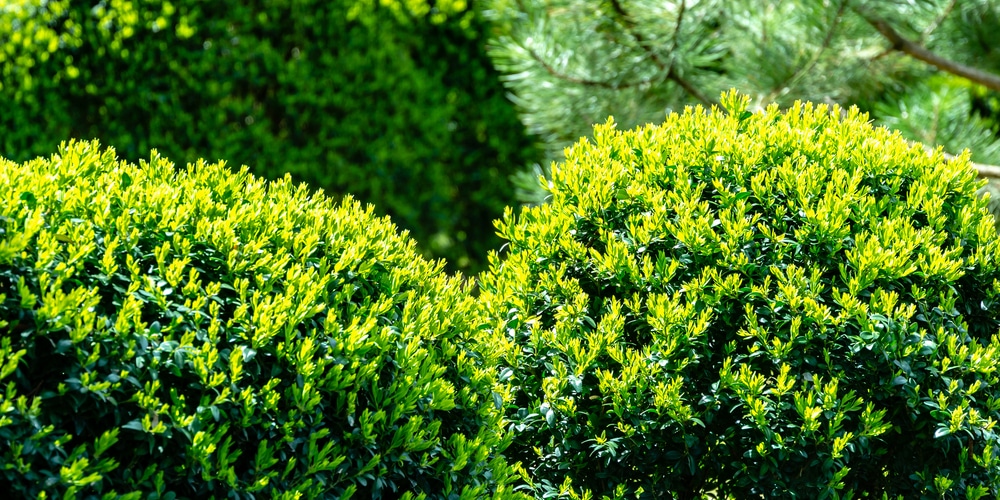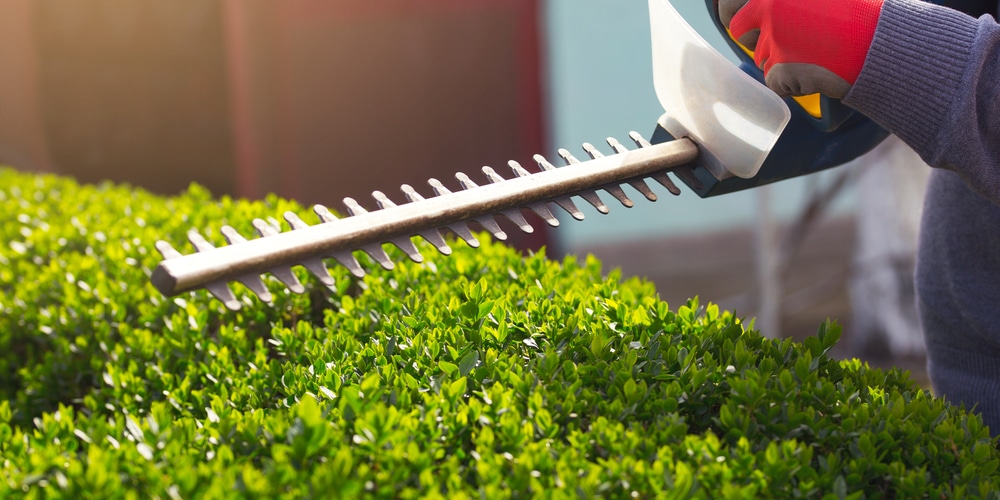Boxwoods are some of the most pliable shrubs you’ll ever come across. Many of its species are rated to grow in USDA hardiness zone 6, but there are some that can tolerate temperatures as low as minus 35 degrees F.
Can you grow boxwood zone 4? The answer is a resounding yes. You experience greater success if you choose a cold-hardy boxwood cultivar right from the start. In addition, you’ll need to follow proper boxwood care and requirements so the plant can thrive in your yard or garden.
Can You Plant Boxwood Zone 4?
If you’re looking for a plant that you can carve in interesting shapes, then the boxwood is the one to get. These shrubs are gorgeously green, naturally robust and can be used as a hedge or a landscape feature.
Southern regions in the US can’t get enough of boxwood, but the good news is that northerners can enjoy the same benefits the plant can bring to their homes. Most are only zone 6 hardy, but there are some that can live through zone 4 winters.
What makes boxwood so appealing is how it can easily be fashioned into shape. You can turn it into a wide-spreading shrub or a small tree, or even into interesting shapes with a practiced hand and a pair of pruning shears. The leaves on top are dark green, and the ones underneath are usually yellow-green.
When to Plant Boxwood Zone 4
Boxwood can be planted as early as late winter until the fall season. To give your plant time to establish and grow a healthy root system it’s recommended that you put them in during fall.
It’s best not to plant boxwood in summer and winter or else there’s a chance that it won’t grow. Aside from the timing, you’ll want to put your boxwood in a location that’s well-suited for its growing requirements.
Boxwood shrubs can be grown practically in any spot, but you should give it some protection from frost winds and the hot afternoon sun. So, choose a spot that gets morning sun and shade as the day goes on. These plants aren’t particular about the type of soil as long as it drains well and isn’t waterlogged.
Once you have a spot, dig a hole that’s twice the size of the plant’s root ball. Loosen the roots before you put them on the ground and observe a 2-inch height for planting level. Pack the soil around your boxwood, then add an inch of organic mulch around the trunk for insulation and keeping the soil moist.
Observe a 3-feet space between each boxwood if you want them to stand out, or 2 feet if you want to form a hedge. It’s worth noting that you can put them straight in your yard or garden or care for them in large containers.
How to Care for Boxwood
Boxwood shrubs love warmth and soil that stays on the moist side. Aside from putting them in a place where they get plenty of light, you should also be mindful of their watering requirements.
Give them more water during summertime, and put in organic compost and mulch to keep them happy. Fertilization isn’t strictly implemented, but these species tend to suffer from nitrogen deficiency. If you see leaves on the low areas yellow or fall off, then it’s recommended that you apply an all-purpose fertilizer around the plant’s base.
Having them grow bushy is quite appealing in an aesthetic sense, but you can reduce the chances of bacteria and disease by thinning and regular pruning come early winter.
Best Boxwood Species to Grow in Zone 4
Most boxwoods are hardy in USDA zones 5 through 9, but there are several notable cultivars you can plant if you’re in zone 4.
‘Calgary’ is a very tough boxwood species and can thrive in zones 3 to 9. It can tolerate a wide range of temperature fluctuations and has a compact growing habit.
Northern growers can plant Korean boxwood, which is a littleleaf variety suited for zone 4 climates. It has a characteristic dense foliage that has interesting, two-toned leaves.
‘Wintergreen’ is a dwarf cultivar that can be pruned into very precise shapes. It can thrive in zone 4 with careful planning and protection from frost.
Related Article: Boxwood Companion Plants


